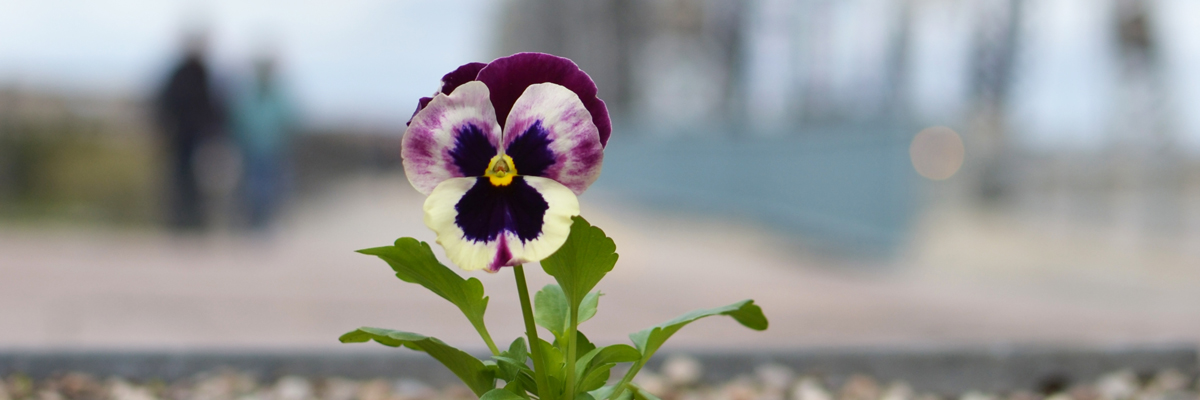This week the US Supreme Court is hearing arguments about the legality of job discrimination against LGBT people and Paul Harfleet is on the ground planting pansies to draw attention to a different kind of discrimination that some LGBT people meet on the street nearly every day.
Banner Image. Detail. “Nice-Shoes-Faggot!” For Alain Brosseau. Alexandra Bridge. Ottawa, Canada. (photo © Paul Harfleet)
A unique private/public protest/memorial to raise awareness since 2005, the founder of The Pansy Project has planted the namesake flower, in some circles a pejorative term against gay boys and men, in thousands of locations around the world to commemorate a place where violence or intimidation toward LGBT people took place. Where it is difficult to find a good place to plant or to buy live pansies the gifted
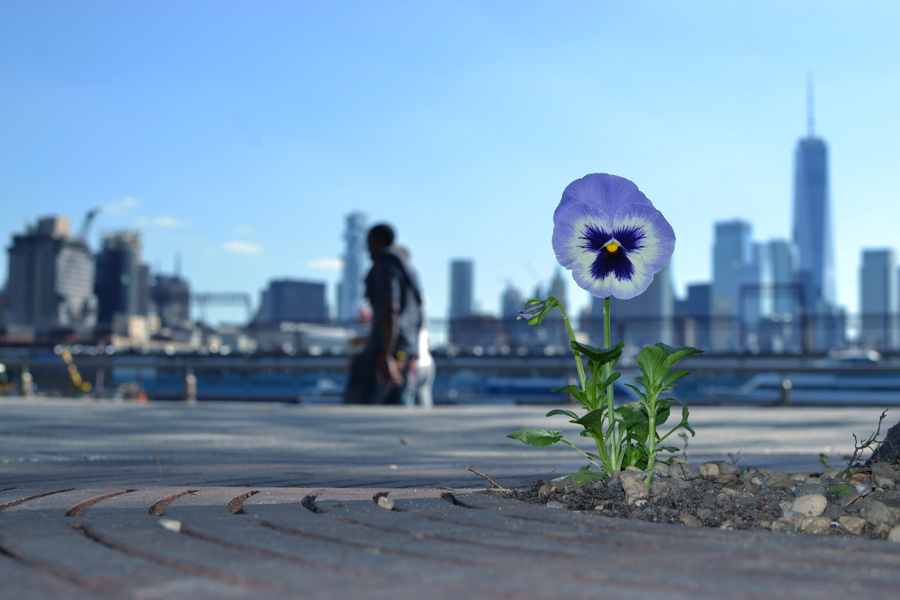
Understated and symbolic, the political and personal Street Art act bears witness to the brothers and sisters and others who society fucks with because they don’t fit traditional expectations of gender conformity. After nearly a decade and half, Paul says he will keep doing this work until it’s not necessary. You’ll probably need to help.
Recently we spent time with him on his visit to New York, watching him plant pansies and asking him questions about his practice.
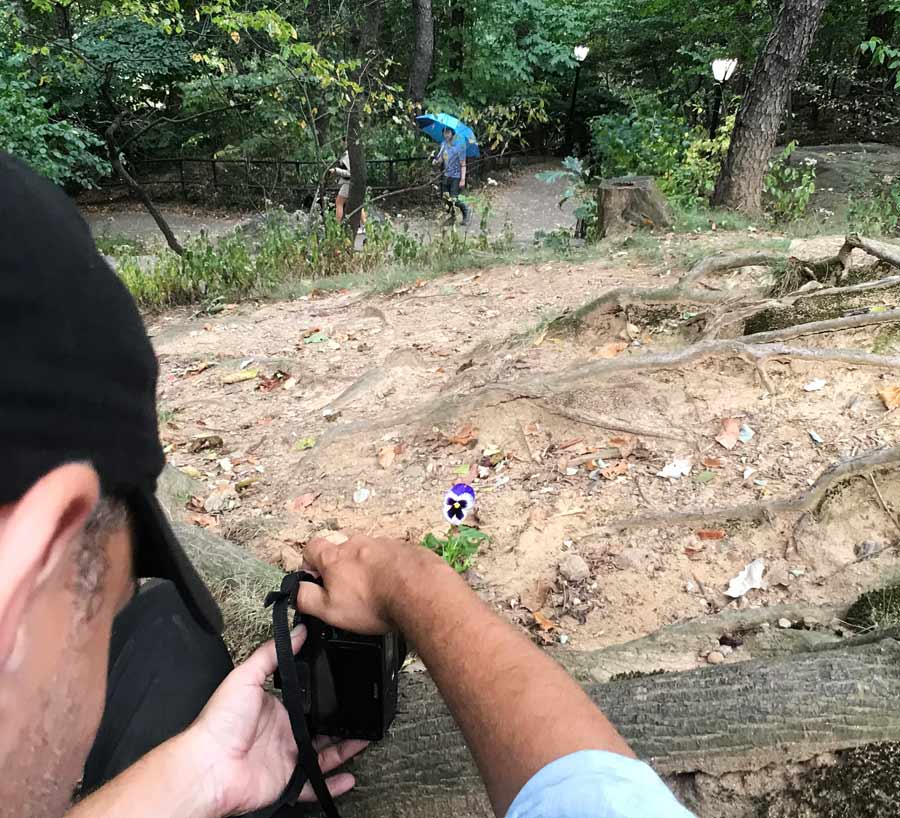
Brooklyn Street Art: When we think of monuments to historical events we often place them in locations that correlate with things that happened there. Can you talk about the similarities that this act of planting an ephemeral flower has to huge hulking brass statues in recalling our feeling and our memories?
Paul Harfleet: When I began to think about how to respond to my experiences of
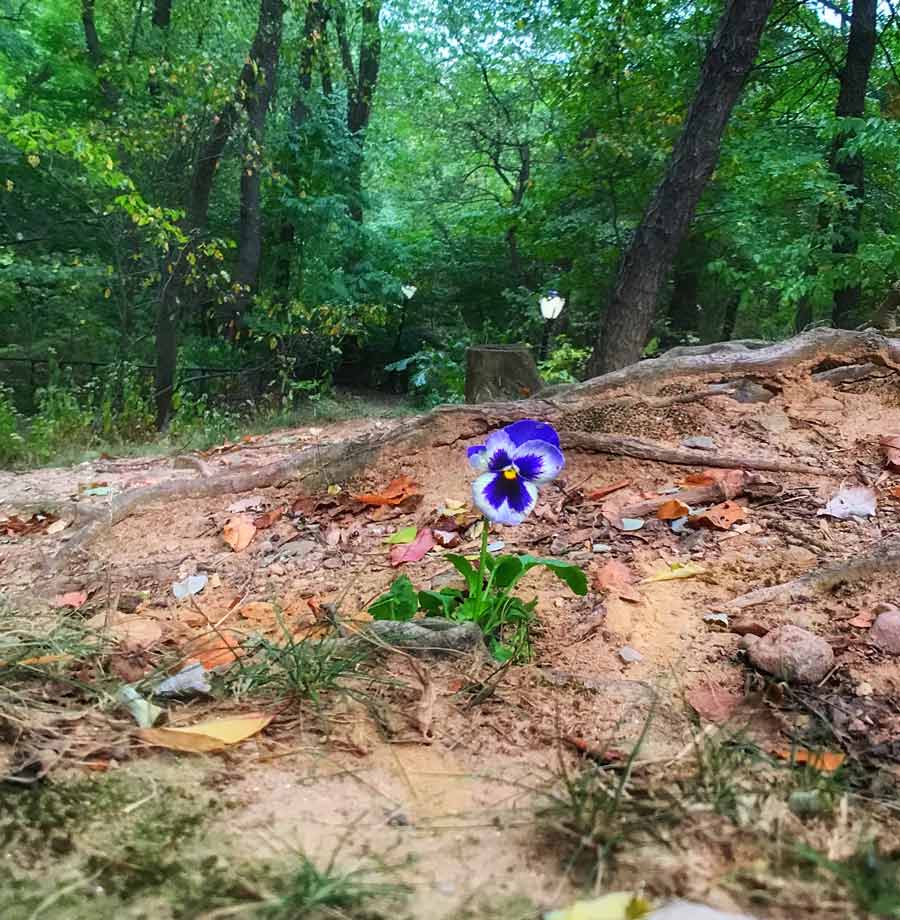
I’m interested in how ‘permanent’ memorials became invisible over time*, their meanings sink into the fabric of the city, they become street furniture, their significance evaporates over time, unless they’re re-activated by an occasion or anniversary. Particularly when flowers are placed at war memorials, this and floral road-side memorials are echoed in The Pansy Project.
The exact location was loaded for me, so it was essential that each place should be altered by my intervention, it’s this that transformed how I remembered the streets. The ritual of planting a pansy has become a performative reparation on the street.
Brooklyn Street Art: Do you know of someone else who was inspired by your project and began a new one of their own?
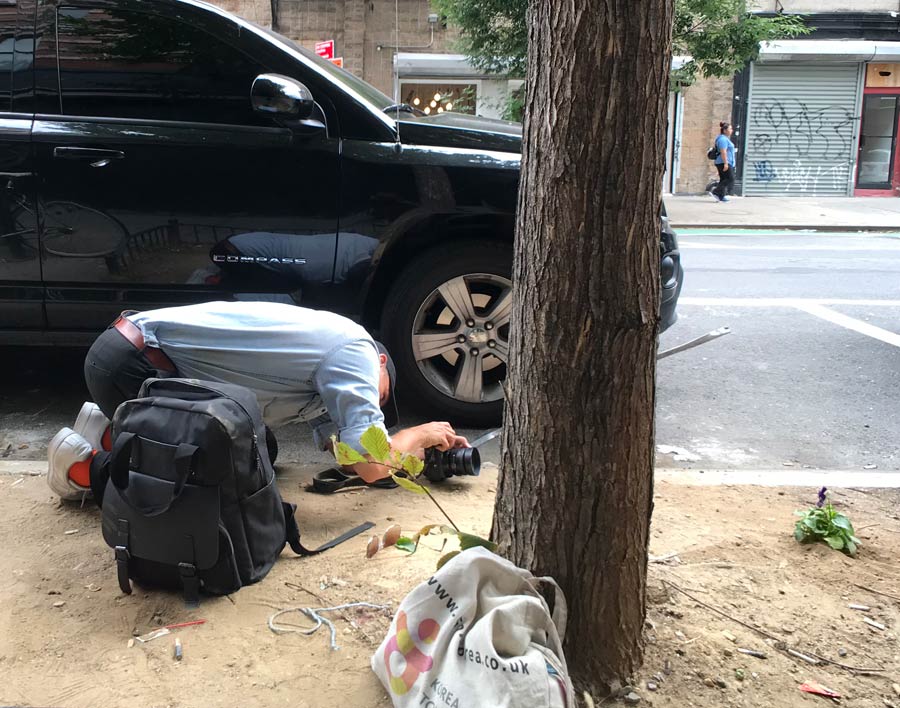
Paul Harfleet: It’s difficult to
I am aware of other actions that explore homophobia, I was touched by the work of Nando Messias, “Sissy’s Progress” is a performance where the artist revisited the location they were attacked with a marching band, though I don’t think they were informed by the project, I enjoy the absurdity of the response to homophobia, which in itself is an absurd reaction to difference.
Brooklyn Street Art: In the US we have had a serious and fiery debate about
Paul Harfleet:
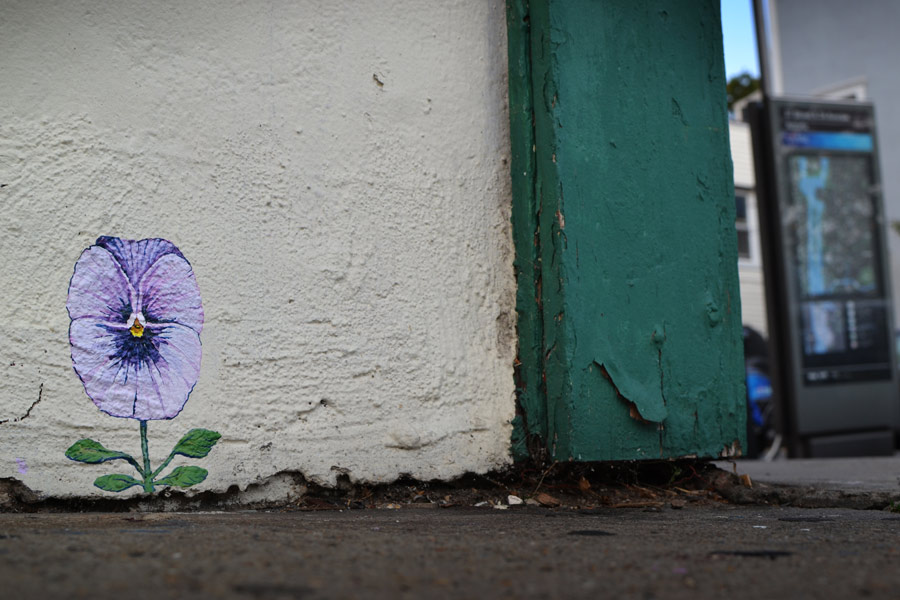
The Albatross, NYC. 2019. (photo © Paul Harfleet)
The fact they celebrate the achievements of a racist society should not be forgotten, it should
Brooklyn Street Art:
Paul Harfleet: I’ve been working with The Pansy Project for almost fifteen years, for
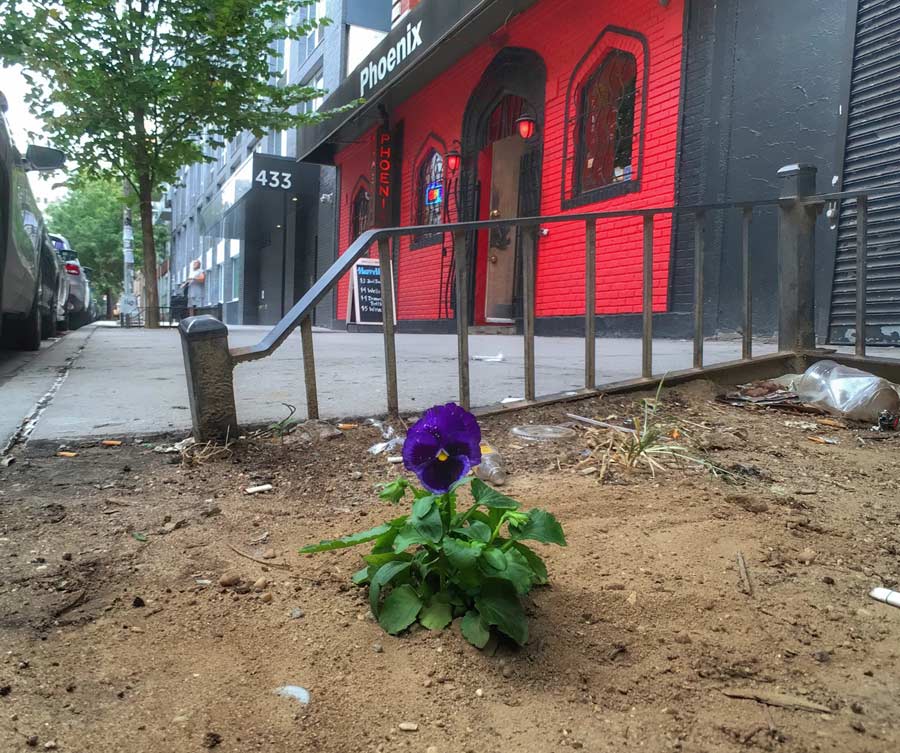
I’m not completely altruistic, I do have to maintain my own interest, through the project I’ve explored various ways of working from garden, jewellery and merchandise design to the writing and illustrating of a book; Pansy Boy that reveals The Pansy Project in a completely different way, most recently I’ve been exploring painting the pansies on walls where homophobia has happened.
All of these actions keep me interested. I am always trying to take the ‘perfect’ picture and document my work in new ways. I’m inspired by artists that work in very similar ways their whole careers, Sean Scully speaks about repetition; ‘I want to express that we live in a world with repetitive rhythms and that things are existing side by side that seem incongruous or difficult.’
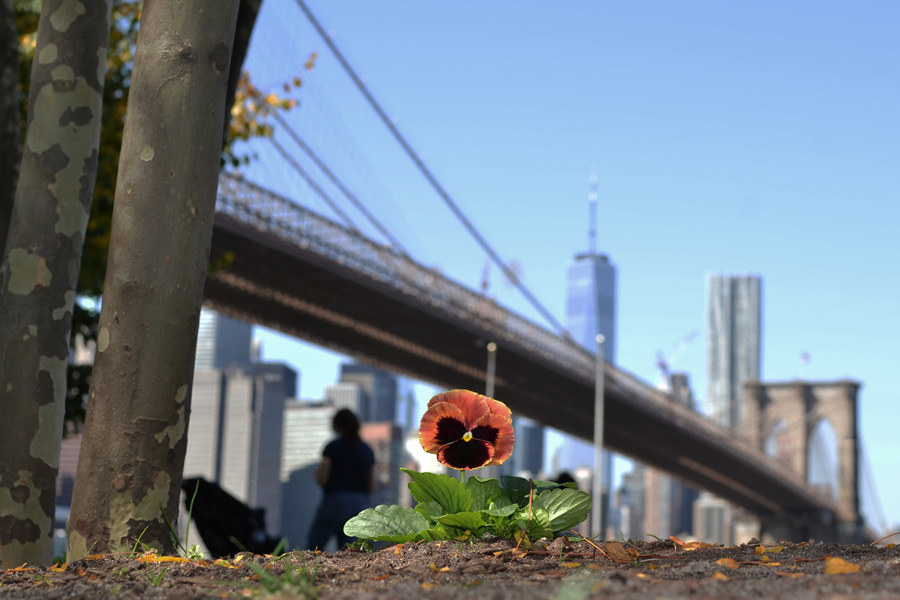
Brooklyn Street Art: New York has an incredible story in the modern LGBTQ rights movement.
Paul Harfleet: My visit to New York was incredibly important for me, unusually I
These were the very early days of
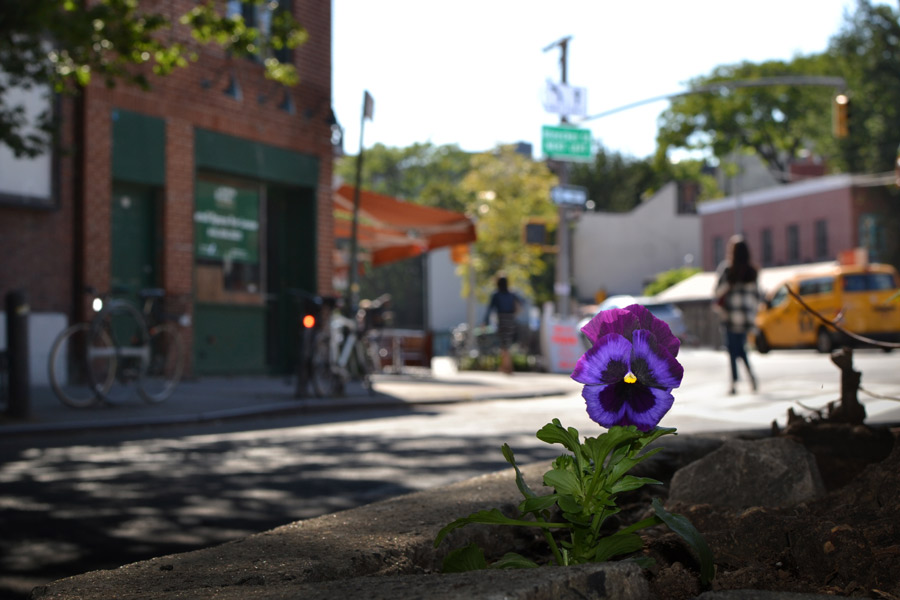
As I write, we await the decision by the US Supreme Court on working rights for trans people, the fact that there’s even a discussion about this is an anathema to me. To quote the hashtags; Trans rights are human rights, we’re not equal until we’re all equal. In the US alone there has been 19 reported trans women murdered in 2019 alone – It’s staggering and heartbreaking.
I was also fascinated by the queer history of Brooklyn as described by Hugh Ryan in ‘When Brooklyn Was Queer’. I love the picture I took of the pansy I planted under the Brooklyn Bridge to mark the multiple stories of homophobia I heard about in his book, the quote comes from the complaints of local residents of how the Brooklyn Promenade was being used by men for cruising; “Misbegotten Pansies” was just such a perfect quote for this planting.
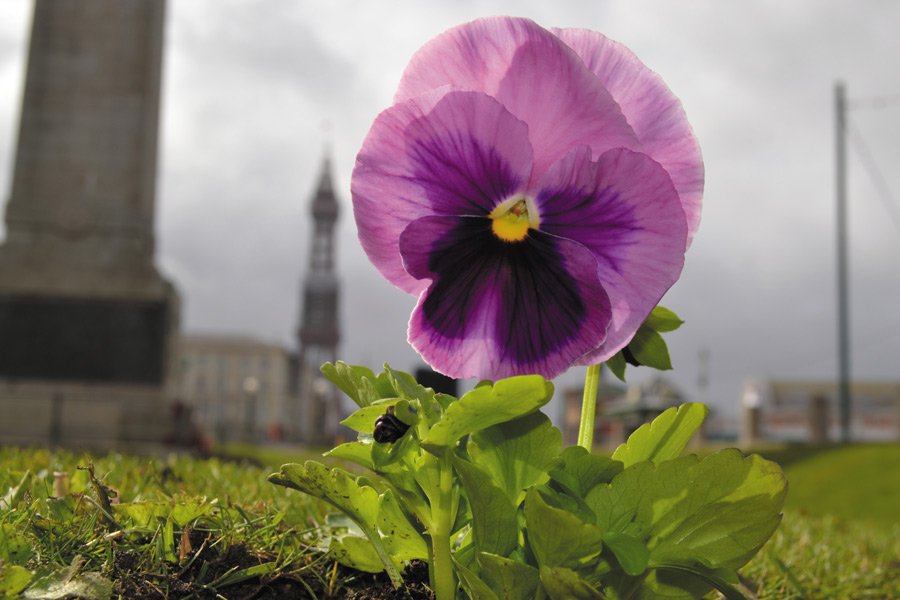
What I do more now is make a film about the places I visit, this has the ability to explore more of the story of each planting and helps share the project to new audiences, I’m working on a New York film now. Ultimatelty I adore each planting, they all mean so much to me as they all contribute to the entire body of my work.
Paul Harfleet’s short film ‘The Pansy Project Canada’ will be shown at the Inside Out Film festival in Ottowa, Canada in October and his work will feature as part of the Homotopia Festival in Liverpool in November. For more information visit www.thepansyproject.com.
*In a 1927 essay, acclaimed Austrian philosopher Robert Musil famously declared, “The remarkable thing about monuments is that one does not notice them. There is nothing in this world as invisible as a monument.”
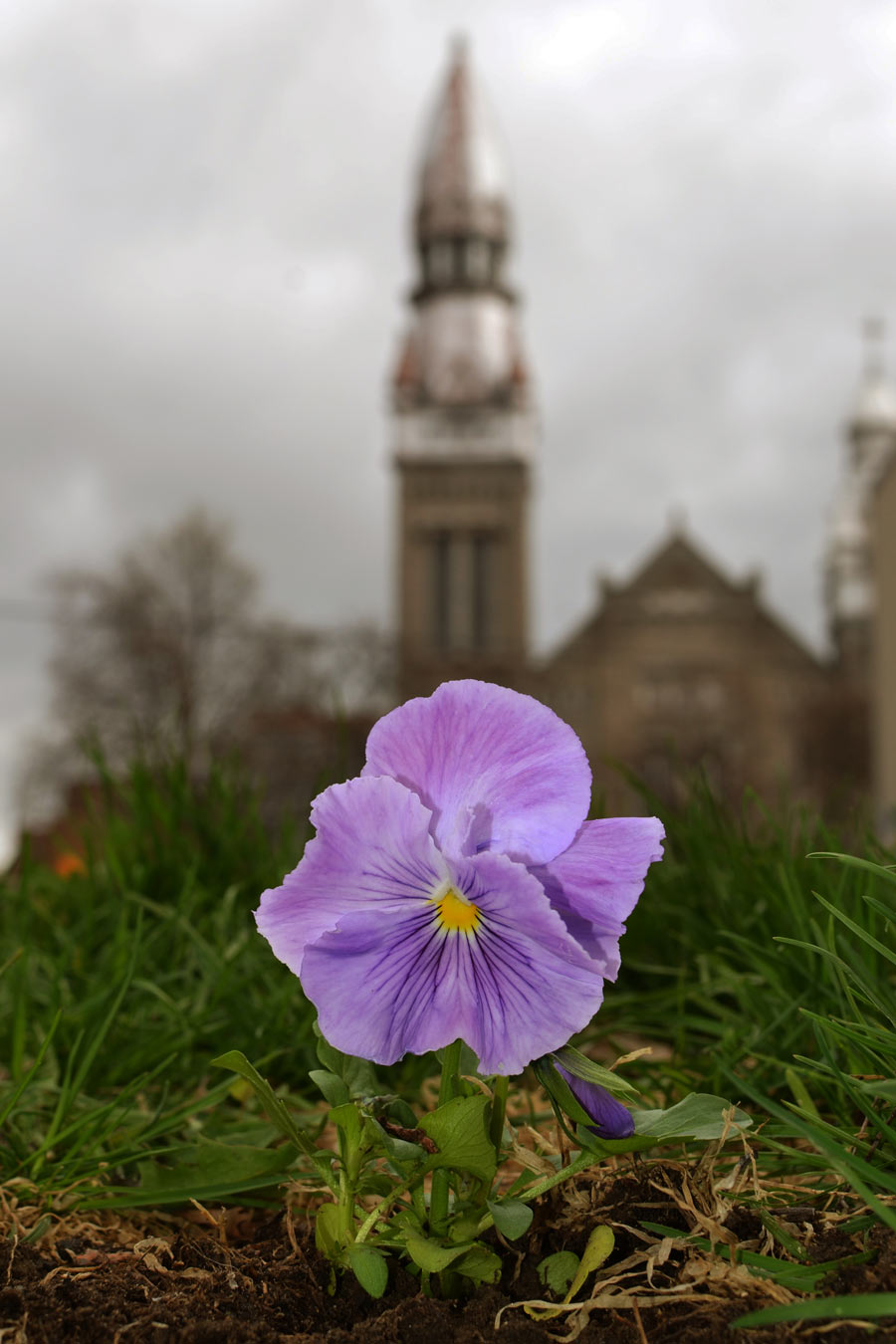
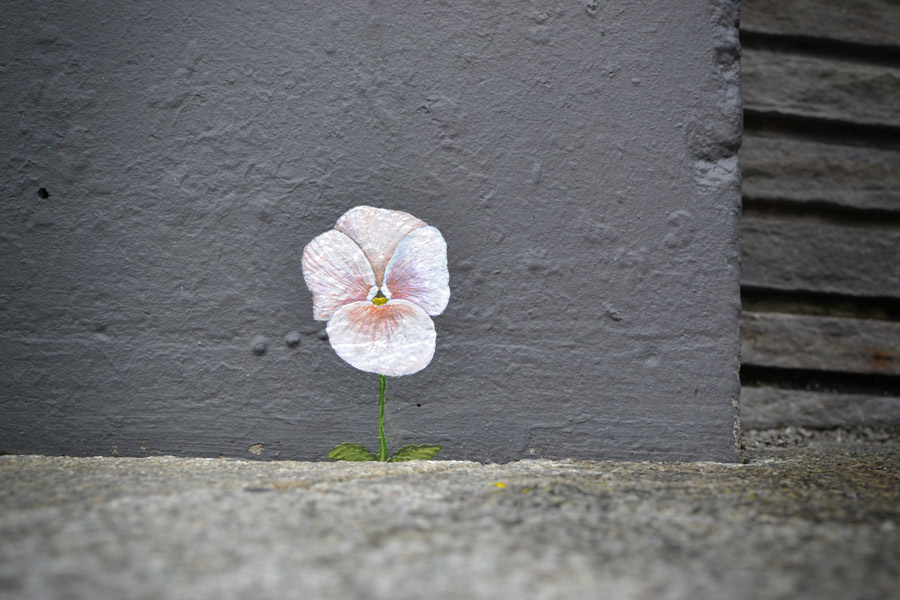
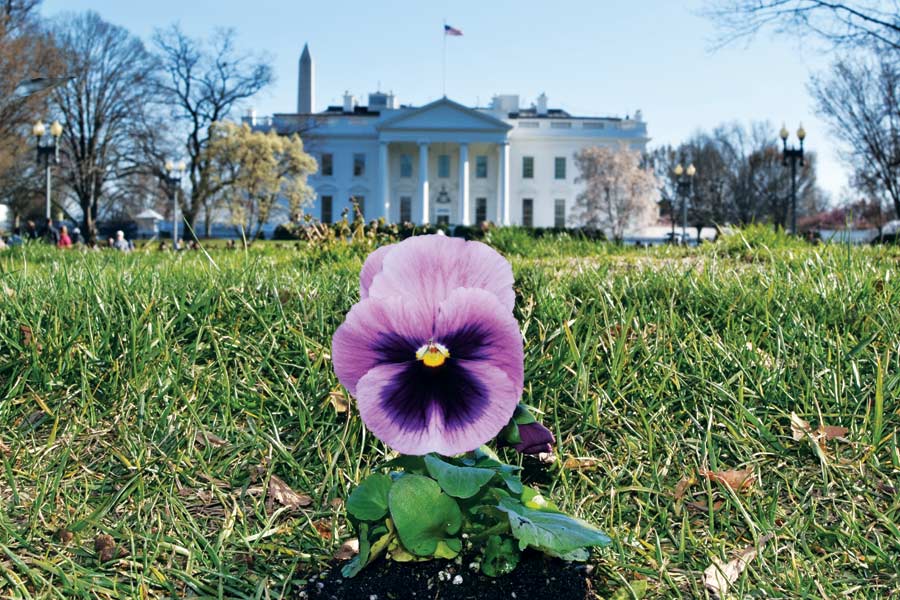
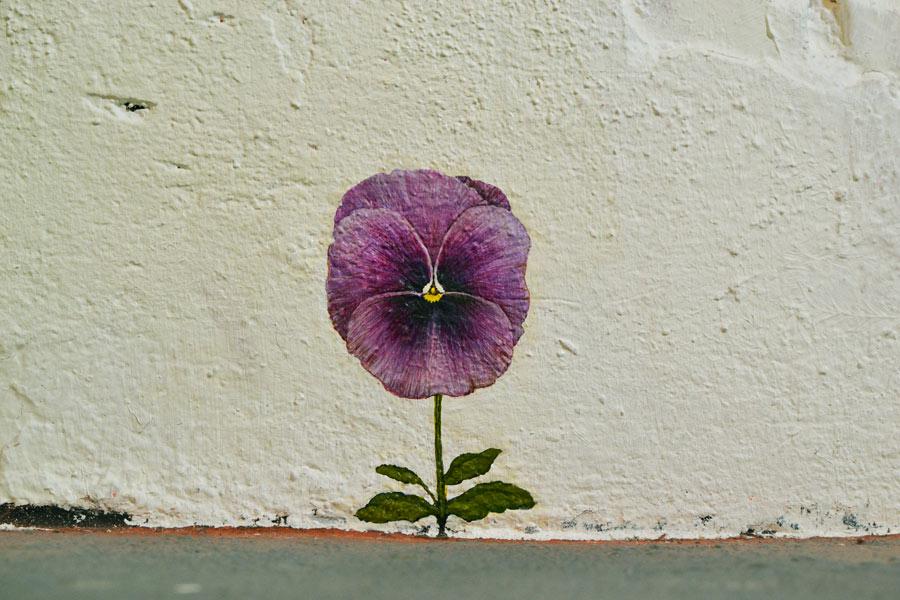
Other Articles You May Like from BSA:
50+ years of taking photos of artists at work means you have thousands of images of graffiti writers straddling trains, street artists leaning off ladders, muralists hovering 20 stories above the str...
A true New York mix of friends and fans recently gathered in Manhattan at the First Street Green Park on the north side of Houston Street for a personal sendoff and remembrance of Patti Astor in ...
Our weekly focus on the moving image and art in the streets. And other oddities. Now screening : Vhils: Diorama Vhils: Dissection Saber and ZES/MSK in Downtown LA ...
Welcome to BSA Images of the Week. A painted portrait of Emmett Till, who would have turned 79 yesterday, leads the collection of images this week. A 14 year old sweet faced boy who was bruta...
When Street Artists and graffiti vandals are looking for a spot in public space they sometimes claim a wall as their own – even if someone else owns it. It’s a bit of hubris, but it helps with the str...
 BROOKLYN STREET ART LOVES YOU MORE EVERY DAY
BROOKLYN STREET ART LOVES YOU MORE EVERY DAY